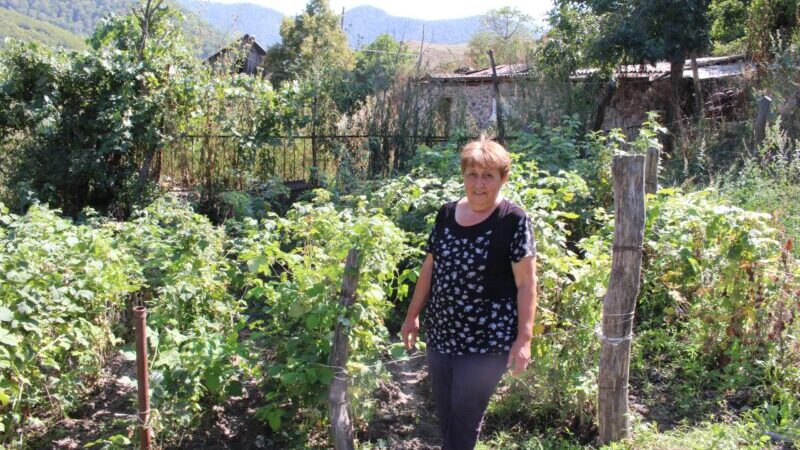As the Adaptation Fund (AF) commemorated Earth Day on April 22, its policies continue to uphold strong environmental principles while promoting biodiversity and often nature-based solutions (NBS) on the ground within the context of helping vulnerable countries adapt to climate change.
For example, in the small island developing state (SIDS) of Seychelles a project funded by AF and implemented by UNDP and the Ministry of Agriculture, Climate Change and Environment (MACCE) is building resilience to the effects of rising sea levels, cyclones and erratic rainfall such as floods and water scarcity through ecosystem-based adaptation (EbA).
These EbA approaches are securing water supplies, cleaning wetlands, and providing protections against flooding and drought by applying nature-based solutions such as reforestation that enhances upland wetlands and water catchment areas as well as endemic and native plant species, while reducing erosion.
Rehabilitation activities have covered about 3,000 hectares on Mahe and Praslin Islands, which are Seychelles’ largest. The project also includes pilot restoration activities in a Bougainville wetland in southern Mahe that has provided a natural engineering gabion weir for water storage.
The EbA solutions in Seychelles have included livelihood training, while improving climate resilience and restoring natural protections, healthy ecosystems and biodiversity along the way.
Meanwhile, another AF-funded project in Armenia carried out by the Direct Access national implementing entity Environmental Project Implementation Unit is making a difference by strengthening land-based adaptation practices in vulnerable areas next to protected forests such as Khosrov Forest State Reserve and Dilijan National Park. It is fostering community-based, climate smart agricultural practices in degraded areas to reduce climate risks on rural livelihoods while sustaining protected areas and improving value chains and accessibility of climate-smart practices and technologies.
“As we celebrate Earth Day, the Seychelles and Armenia projects are great examples of the Adaptation Fund’s concrete adaptation actions on the ground that benefit the most vulnerable groups and the environment at the same time. We see this positive and inter-related dual impact reflected often throughout the Fund’s work,” said Mikko Ollikainen, Head of the Fund.
Projects like those in Armenia and the Seychelles can be seen across the Fund’s portfolio. Over 20% of the Fund’s portfolio is committed to increase ecosystem resilience in response to climate change, and a majority of AF projects across a range of adaptation sectors contain a complementary NBS component.
Many projects are also creating greener, more sustainable livelihoods in the process. About 610,000 ha of natural habitat have further been restored or preserved, and another 165,000 meters of coastlines protected throughout the portfolio.
Nature-based solutions can include adaptation approaches such as mangrove restoration against sea rise and storm surges, and canal restoration to improve drainage, as well as sustainable land use, smart forestry and sustainable fishing to enhance food security, among others.
AF is also guided by a set of Environmental and Social Principles that it has promulgated and updated since 2013, which includes fostering protection of natural habitats, biological diversity conservation, pollution prevention, resource efficiency, lands and soil conservation, human rights and marginalised groups including indigenous peoples, physical and cultural heritage, among others.
This post was originally published as a blog here.
This post was sponsored by the Adaptation Fund. See our editorial guidelines for what this means.
